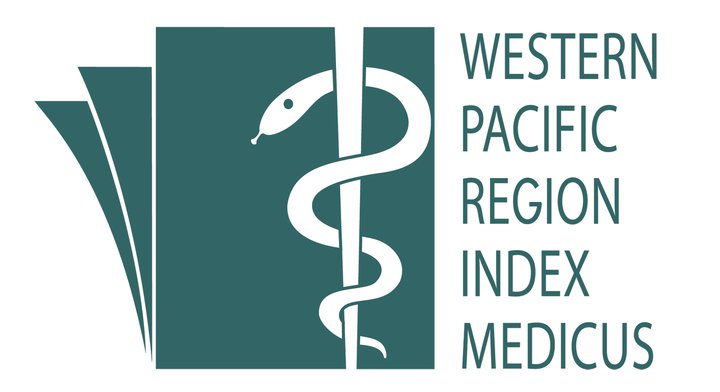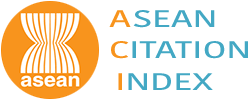Methodology of National Health and Morbidity Study (NHMS): Adolescent Health, Malaysia 2022
Methodology of adolescent health survey, Malaysia 2022
Abstract
Introduction: In Malaysia, the adolescent health studies conducted in 2012 and 2017 revealed an increasing trend of adolescent health risk behaviours and protective factors. This current study aims to determine health risk behaviours and protective factors among adolescents in the country.
Methods: The current nationwide cross-sectional study of Malaysian secondary school students used multistage stratified sampling to select 240 nationally representative schools. This study was conducted from June to July 2022 among the students in forms 1, 2, 3, 4, and 5 in all Malaysian states by 34 data collection teams. A validated self-administered questionnaire was used, similar to those used in the NHMS 2012 and NHMS 2017. The quality control was done twice, once at the field level and once at the central level. Sample weighting and analysis were conducted using SPSS statistical software version 28.0.
Results: A total of 239 schools out of 240 schools took part in the study (response rate, 99.6%) and total of 33,523 students were involved in this study (response rate, 89.4%). In terms of ethnicity, the highest number of students who participated in the study were Malay (63.0%), followed by Chinese (18.1%) and Indian (6.0 %). While the distribution of sex and form among the students were almost the same.
Conclusion: To obtain an accurate representation of the nation's adolescent population for this study, samples from public and private schools that are governed by the Ministries of Education and Rural and Regional Development were deemed to be the most reliable.
Keywords: Adolescent - NHMS - Methodology - Malaysia
Downloads
Published
How to Cite
Issue
Section
License
Copyright (c) 2023 lim kuang kuay, Maznieda Mahjom, S Maria Awaluddin, Noor Syaqilah Shawaluddin, Tuan Mohd Amin Tuan Lah, Hamizatul Akmal Abd Hamid, Muhammad Fadhli Mohd Yusoff, Tan Lee Ann, Noor Ani Ahmad

This work is licensed under a Creative Commons Attribution-NonCommercial 4.0 International License.
IJPHR applies the Creative Commons Attribution (CC BY) license to articles and other works we publish. If you submit your paper for publication by IJPHR, you agree to have the CC BY license applied to your work. Under this Open Access license, you as the author agree that anyone can reuse your article in whole or part for any purpose, for free, even for commercial purposes. Anyone may copy, distribute, or reuse the content as long as the author and original source are properly cited. This facilitates freedom in re-use and also ensures that IJPHR content can be mined without barriers for the needs of research.





